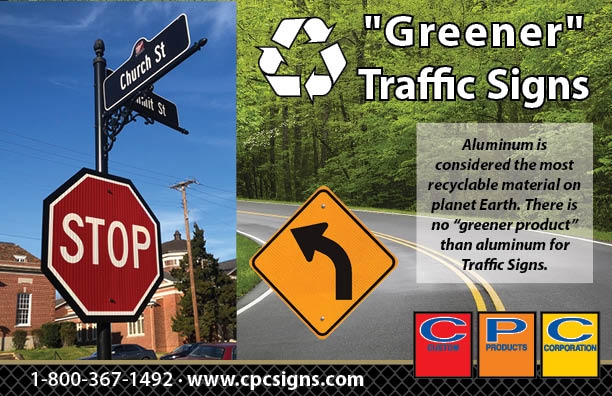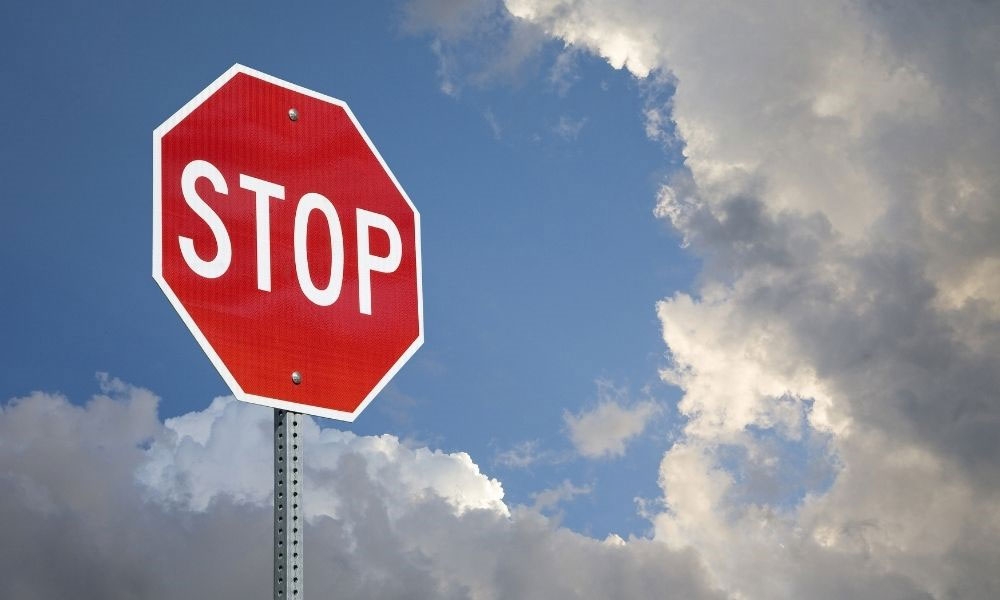Did You Know?
There is no “greener product” than aluminum for Traffic Signs.
- Plastic signs have entered the traffic sign market multiple times over the years.
- While recyling plastic for the use in making traffic signs seems like a good idea, plastics have issues that aluminum does not:
- Plactic and PVC signs can be prone to fading or cracking in extreme weather.
- Once the plastic sign is at the end of its life, it no longer becomes easy to recycle it again and ends up in landfills or burned.
- Plastics are known to release toxins, become microplastics and enter out ground water endangering all life and our ecosystem.
- Until the 1970’s, steel and wood were the primary substrates for traffic signs.
- Aluminum was used during this time as well, but it was “airplane grade” (6061 alloy) which was way too expensive and unnecessary for a traffic sign.
- Advancements in the aluminum industry led to new alloys in the 1970’s and 80’s, so aluminum quickly replaced steel and wood.
- Since the 1980’s there have been multiple substrates designed to replace aluminum as the traffic sign substrate – fiberglass, Lexan, ACM, recycled plastic – and all have failed miserably. Aluminum has stood the test of time better than any other substrate.
- Aluminum is considered the most recyclable material on planet Earth, so nothing is a “greener product”.
- Review the CPC Signs Go Green initiative: LSMINGREENERSIGNS | CPC INITIATIVES | Greener Traffic Signs & Traffic Control Devices





